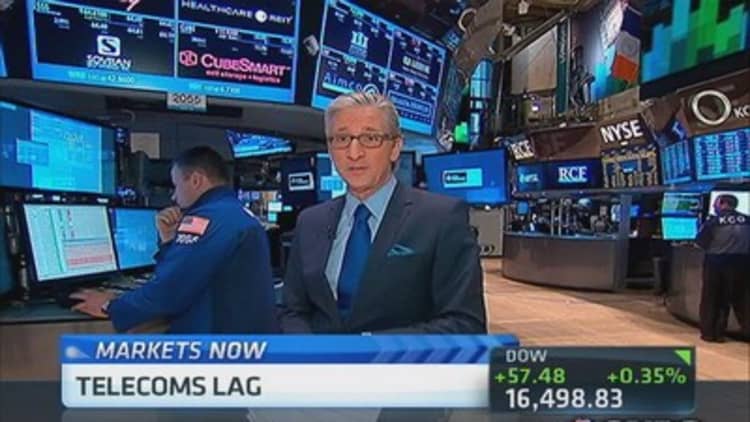We start the first full trading week of 2014 with Asia notably weaker. Overnight, fell 2.3 percent while China's was down 1.8 percent.
Tokyo at least had an excuse:it was its first day of trading for 2014, after a 9-day win streak to end the year, and the yen was stronger.
But for China, we are again seeing weak data: the HSBC/Markit PMI dropped to 50.9 percent in December, its lowest since August 2011. The "official" services PMI, released on Friday, also showed a slowdown. The manufacturing PMIs released last week were also below expectations, though all of them continue to come in above 50, which still indicates expansion.
Also not helping: new guidelines to .
The Shanghai Index is near the lowest levels since August.
In Europe, what's interesting is that so far in 2014 the most speculative countries...Greece, Portugal and Italy...are all up, while the larger, more stable countries like France and Germany, are all down.
Elsewhere

1) Over the weekend, as traders pondered the start of the year, much was made of the fact that only one of the ten sectors in the S&P 500 is up so far in the New Year: Financials.
It's true that a small number of big cap-names are doing well in 2014:
Bank of America up 5.4 percent;
Citigroup up 2.5 percent;
Goldman Sachs up 0.5 percent;
Morgan Stanley up 0.5 percent;
JP Morgan up 0.3 percent;
Some of this is clearly based on expectations of a steeper yield curve, and perhaps on more mergers and acquisitions (M&A) and leveraged buyout activity. Still, financial sector names had a good year, and much of this is already anticipated.
But it's a small group. Only 22 of the 81 stocks in the financial sector are positive. Most insurance companies are down, as are most regional banks. Outside of the large-caps above, there's a smattering of REITs in the green:
AvalonBay up 1.3 percent;
Boston Properties up 1.2 percent;
Simon Property Group up 1.2 percent;
up 1.1 percent;
up 1.0 percent;
up 0.9 percent;
up 0.8 percent;
What do they have in common? They are the biggest companies in the Real Estate Investment Trust (REIT) space. In fact, they are 7 of the 10 largest REITs by market capitalization that is in the Fund.
Again, I get it: as , the cap rates rise, which increases the value of some of these properties. But that also seems priced in.
—By CNBC's Bob Pisani


